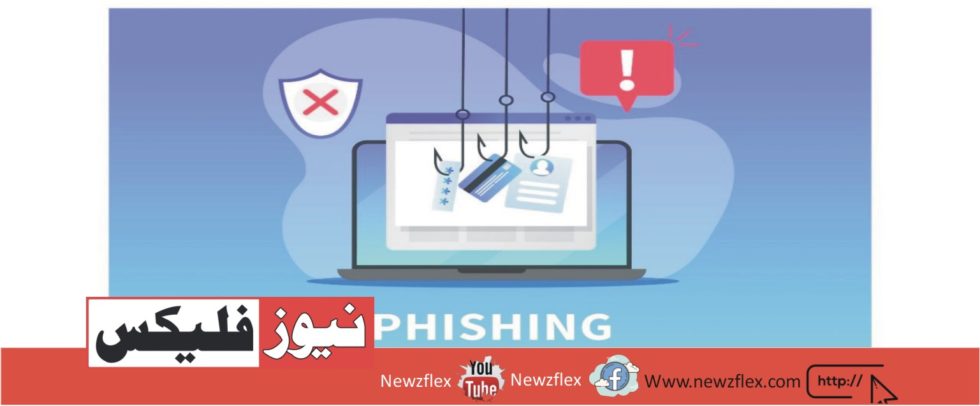
How to Identify and Respond to Phishing Attacks
Have you ever received a message from a brand you adore offering you an alluring discount? There may be a link to a fraudulent internet store where you can complete your transaction. Upon clicking the link, your device may be infected with malware that steals confidential data or you may be taken to a fraudulent website. Perhaps someone tries to gain your trust quickly by sending you romantic messages. Ultimately, though, the goal is to persuade you to give them money. These are the most popular phishing techniques, which try to trick people by playing on their emotions.
One of the earliest forms of cyberattack is phishing, in which a perpetrator poses as someone else to trick you into disclosing personal information. Cybercriminals use this crafty strategy to trick gullible people into disclosing personal information. Don’t panic, though; by recognizing phishing indicators early on, you can secure your online reputation.
Recognizing the Indications
Phishing can take many different forms, ranging from bogus emails to misleading posts on social media.
The secret is to spot the warning signs:
Links and Suspicious Messages: Be cautious when clicking on links or opening attachments in unwanted emails that ask you to do immediate actions, such as redeeming rewards. These frequently use strategies to instil a sense of urgency, making you behave quickly and without thinking things through.
Untrustworthy Domains and URLs: Examine URLs closely for errors or inconsistencies, particularly in correspondence purporting to be from respectable organizations. Reputable sources usually use known domains for their official emails, so be wary if the domain looks changed or strange.
Demands for Personal Information: Never respond to unsolicited demands for personal information by disclosing passwords, credit card numbers, or identification numbers. Such information is rarely requested by reputable organizations via email or messaging.
Phishers may try to manipulate people’s emotions by using language that is alarming or flattering to get a reaction. Messages that tell you you’ve won something, or that play on your sympathies or sense of urgency, should be avoided.
Defending Yourself
You may strengthen your defences against phishing attacks by being aware and alert:
Safeguard Your Credentials: Never divulge your login information in response to unwanted queries, and treat it like a valuable asset when sharing it. Facebook will never send you an email or attachment requesting your password.
Use caution while clicking on any dubious attachments or links in emails or messages. Facebook will usually send official communications via recognizable domains like facebook.com or fb.com.
Requests from Vet Friends: When accepting friend requests, especially from someone you don’t know well, exercise discretion. Fake profiles could be made by scammers to get into your network and take advantage of your trust.
Boost Security Protocols: Make sure you use extra security features like two-factor authentication and change your password regularly. By doing this, you increase the security against unauthorized users accessing your account.
Make Frequent Checks: Keep an eye out for any unusual activity or unwanted access to your account. Examine your past login attempts and closely examine any recent Facebook correspondence to look for any unusual activity.
Addressing Possible Phishing
You must act quickly if you think you may have been the target of phishing attempts:
Report Suspicious Activity: To report questionable messages or links, use Facebook’s in-app reporting features. Before deleting any worrisome email, take screenshots of it.
Safeguard Your Account: As soon as possible, change your password and log off of all devices. To reclaim control of your account if you are unable to access it, proceed with Facebook’s recovery procedure.
Observe any abnormalities: Watch the activities on your account carefully for any indications of unauthorized access or questionable conduct. Examine your most recent Facebook emails, and make sure to regularly verify the accuracy of your account.
Vigilance is essential in the digital sphere since there are many risks and hazy borders. You can confidently traverse the virtual terrain and protect your online identity from phishing assaults by being educated, being cautious, and acting quickly in response to any dangers.








